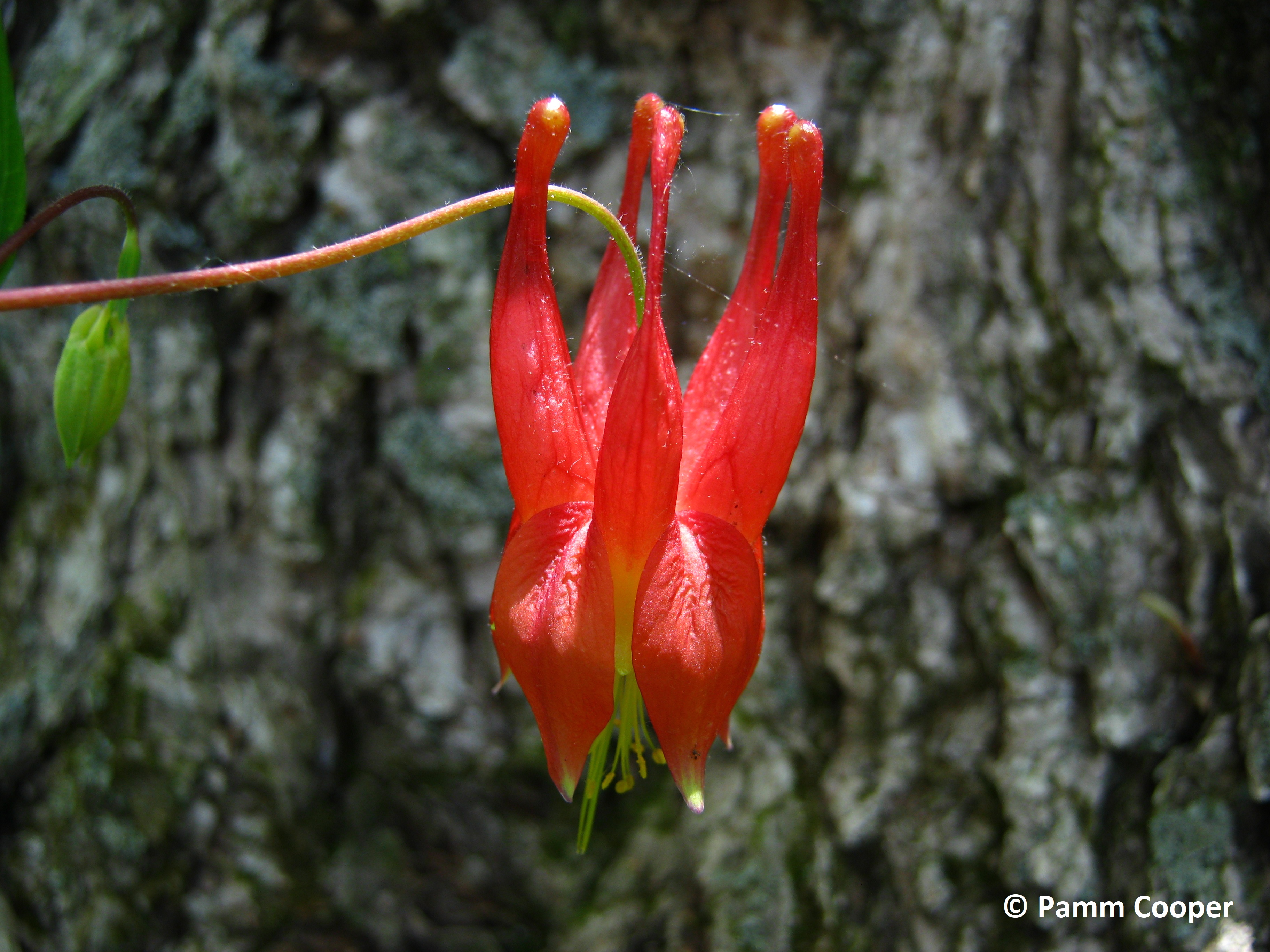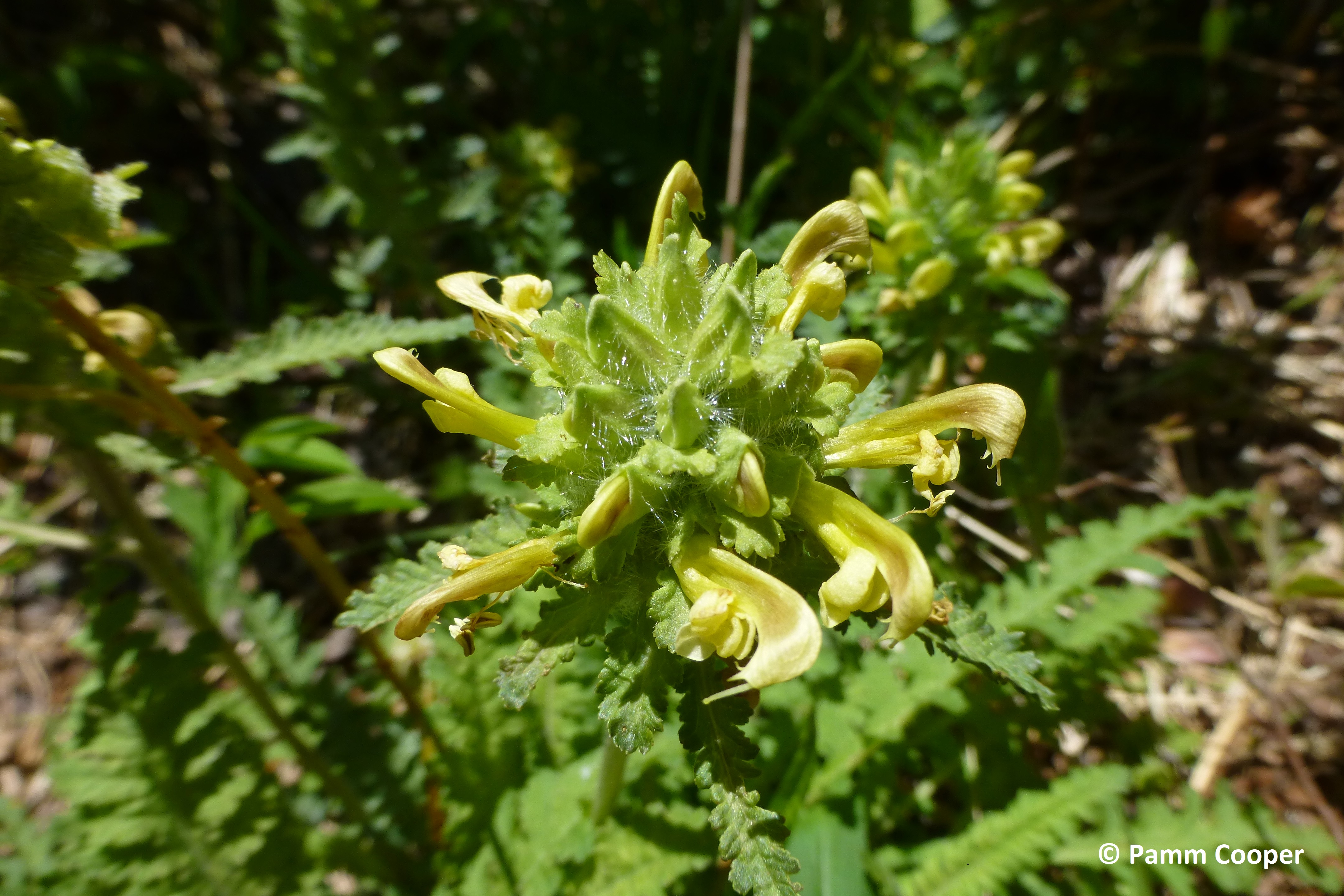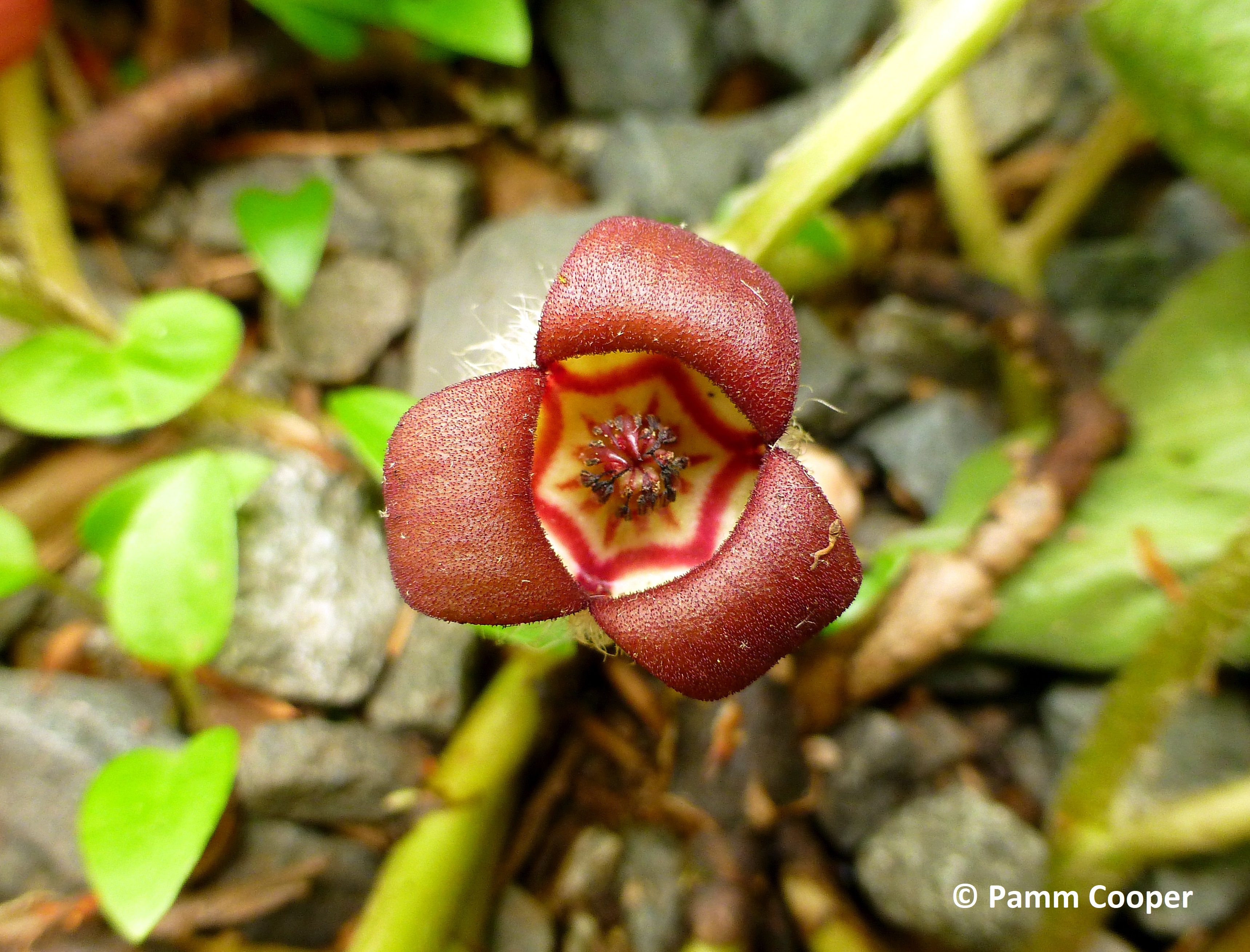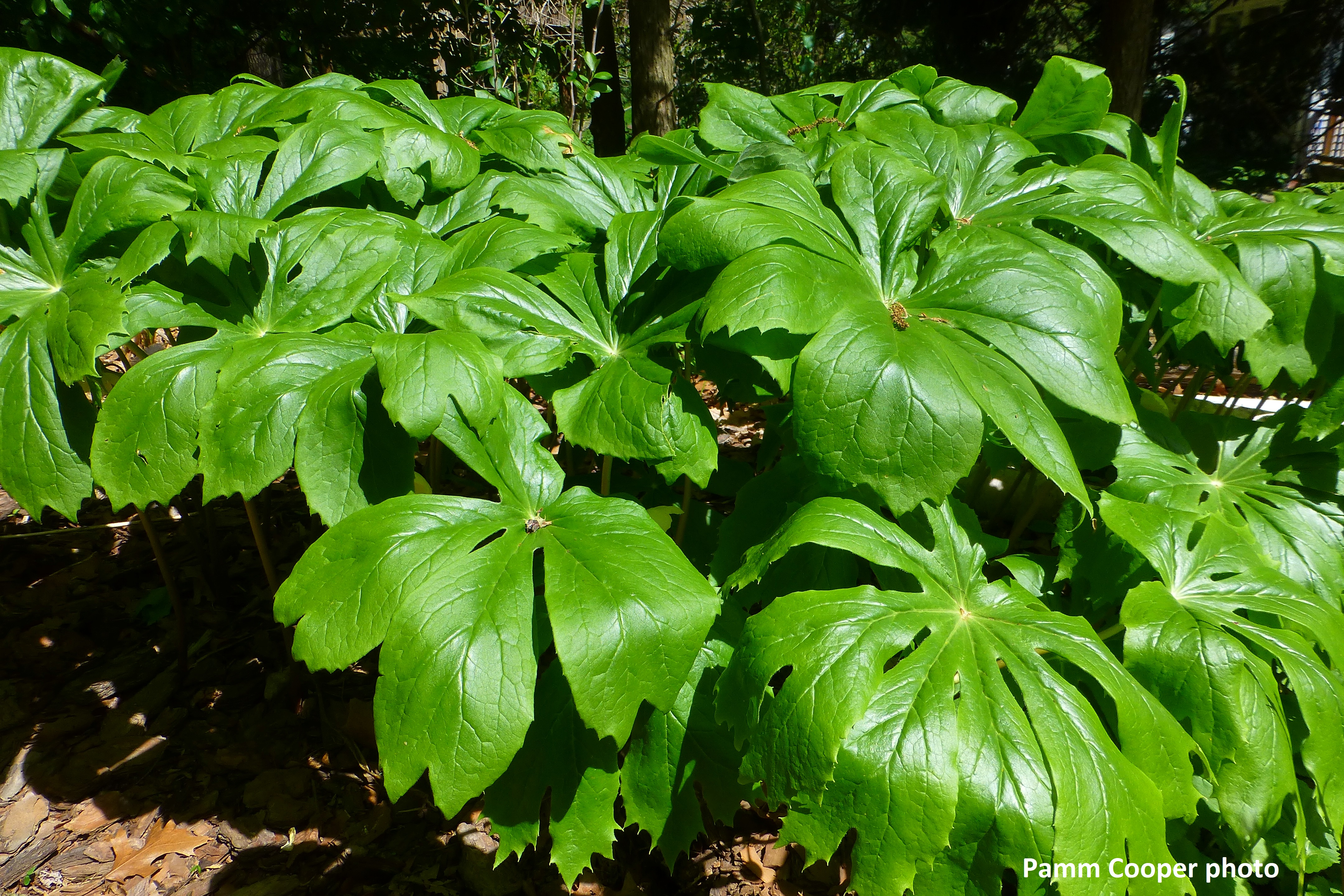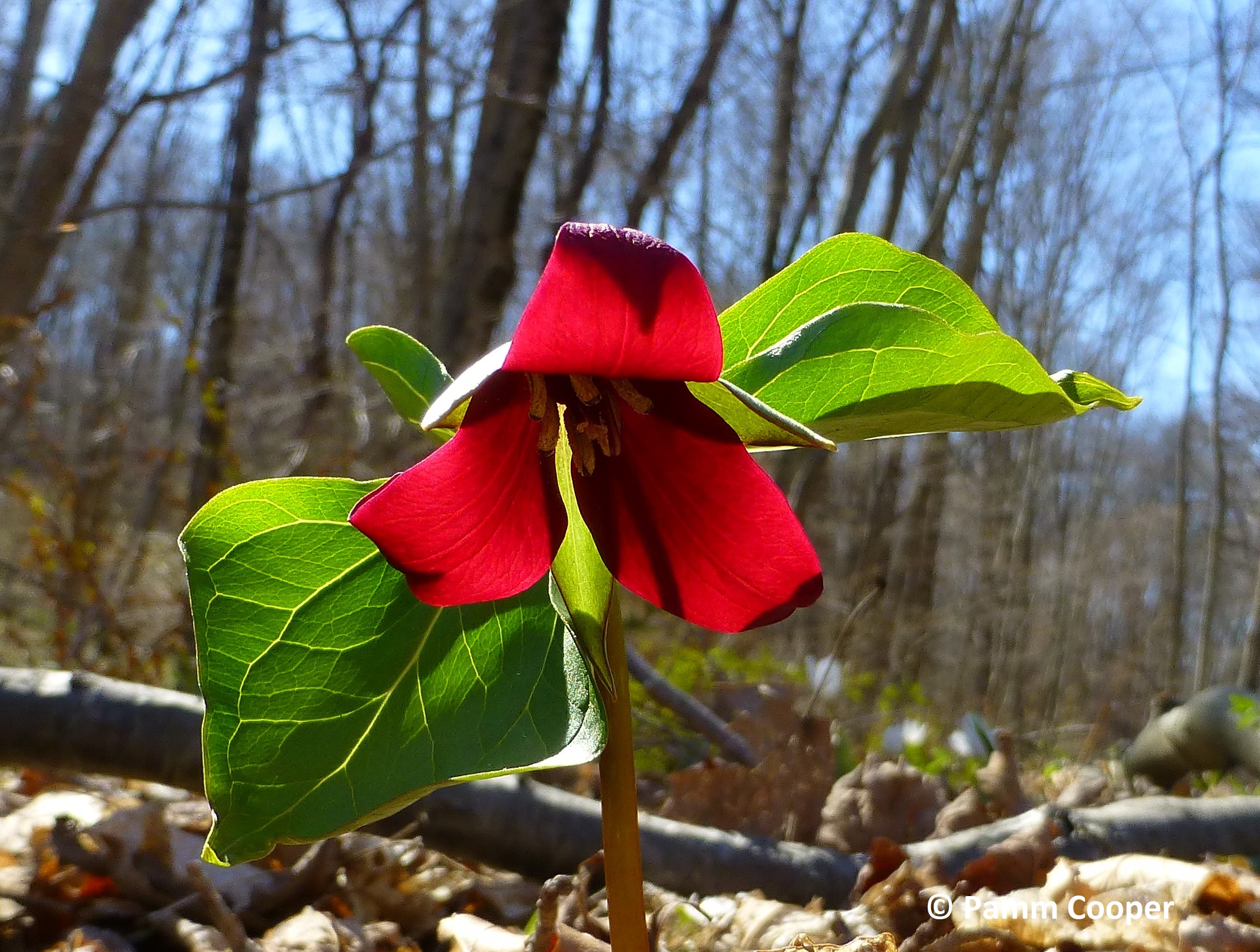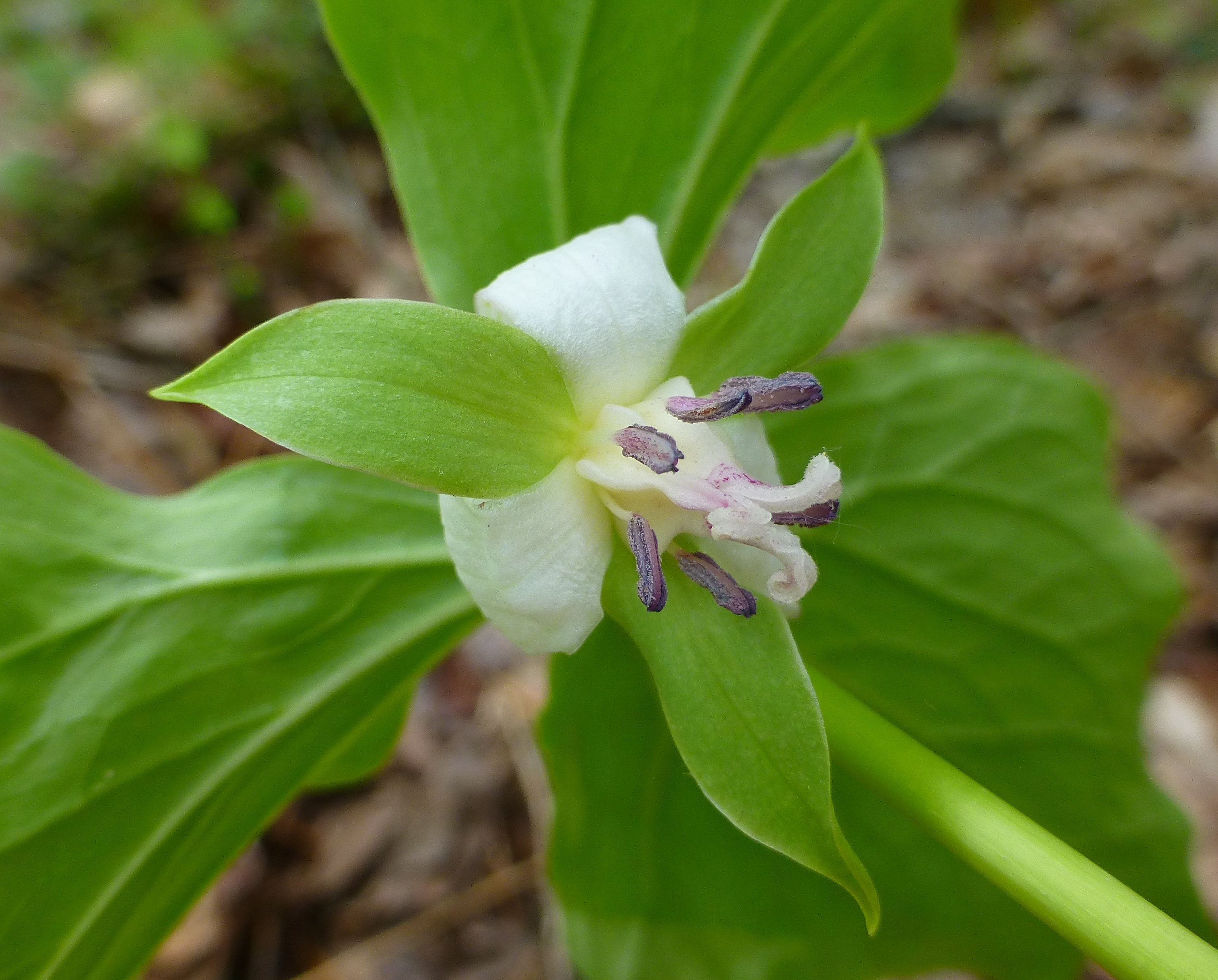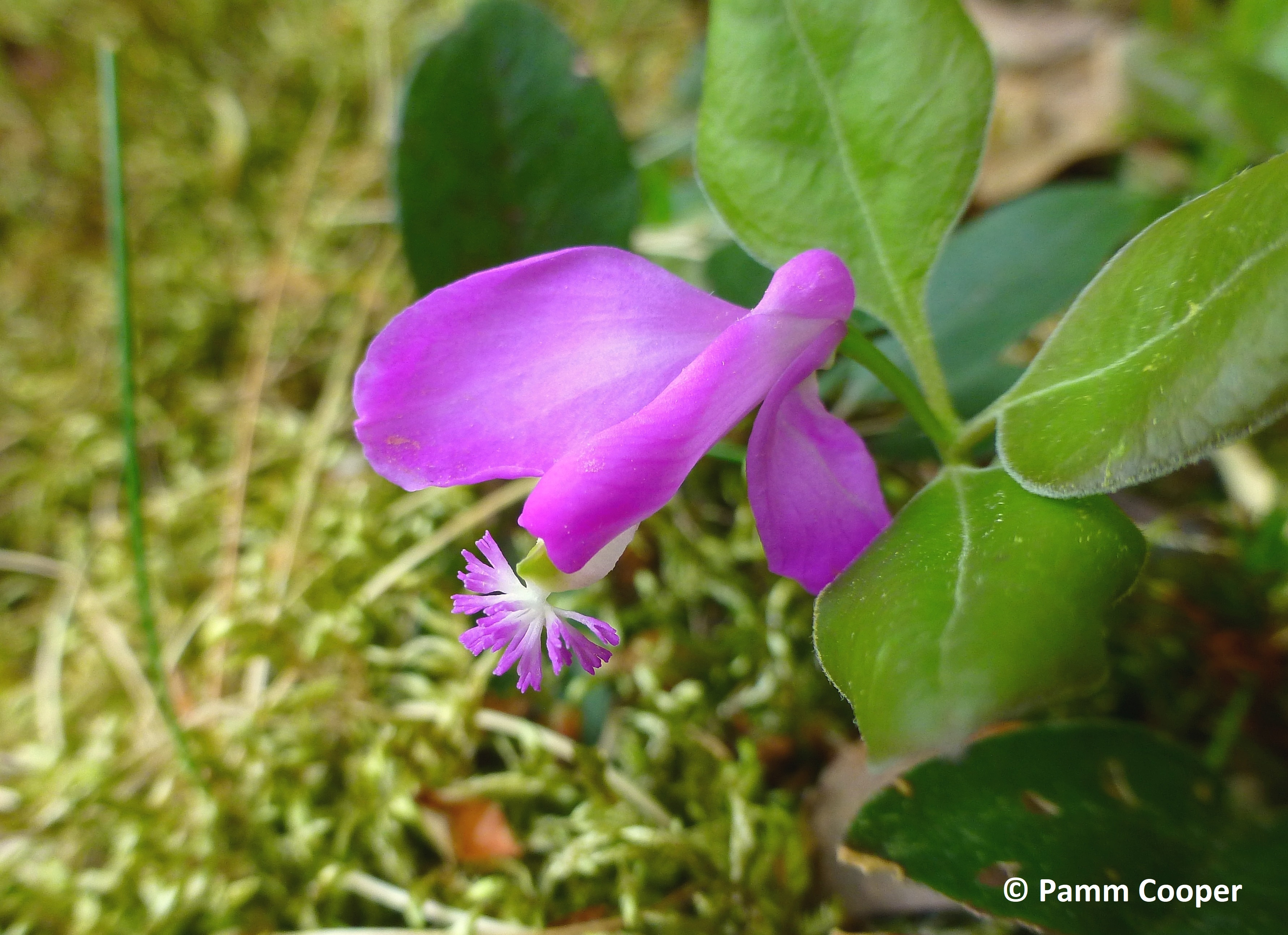
“In the village, a sage should go about
Like a bee, which, not harming
Flower, colour or scent,
Flies off with the nectar.”
― Anonymous
As March begins and weather starts to warm up, not only plants are awakening from their slumber. Also beginning to stir are many native and non- native bee species including Collettes ssp. Bombus spp.Honey bees, Andrena spp. and Megachile spp. These bees need flowers available for nourishment and food stores for their nesting chambers starting as early as March. Plants that support bees in spring may be native and non-native, wild and cultivated, weeds or ornamentals. The following are just a handful of plants that can be especially helpful in supporting bees from March- May.

There are several non-native plants that flower in early March and are visited by bees- crocus, Whitlow grass, dandelions, Cornell pink azalea and daffodils. In the early spring, blooms are few and far between, and while daffodils are not usually considered pollinator plants, bees like honeybees will visit daffodil flowers if there is not much else around. The Rhododendron mucronulatum ‘Cornell Pink’ azalea is one of the first azaleas to bloom here in Connecticut. Loaded with pink blooms, many species of pollinators, not just bees, will visit these flowers.


Korean Spice Viburnum Viburnum carlesii blooms in April and has abundant clusters of extremely fragrant flowers that attract many pollinators. Arrowwood viburnum is also a spring bloomer and is native.

Amelanchier canadensis, shadblow serviceberry, is a small tree or multi- stemmed shrub that flowers in April. Both bees and butterflies will visit the flowers.

Crabapples, black cherry and flowering plum attract many bee species and other pollinators in late April- May, including Osmia spp. like the red mason bee, Osmia bicornis. Cornus mas, Cornelian cherry, is a small tree or large shrub that blooms in late winter or early spring. Clusters of small yellow flowers appear before the leaves. Andrena bees, native specialist pollinators, visit these flowers.

Dandelions and dead nettles, while considered weeds in a lawn, attract many spring pollinator species and a few in a lawn should not be the end of the world…

Japanese andromeda, Pieris japonica, is a non-native evergreen shrub that can bloom from March- June, depending upon the cultivar. Flowers are white or shades of red and resemble the urnlike tubular flowers of blueberry.

Bloodroot is a low growing native perennial that can bloom in April. Many bees, especially Megachile spp. and Coletes spp. visit flowers of this open woodland species. There are many other native perennials that have early blooms that support bees. Including Solomon’s seal, Geranium maculatum (cranesbill), and columbine that are all shade tolerant.


Cornus florida, the native flowering dogwood tree blooms usually by mid-May. The native dogwood has white flowers and an open, layered form in forest understories, while cultivars may have pink to red flowers and various sizes and growth habits. Red maples are among the earliest maples to flower and bees will visit the flowers readily.


There are many more plants that will support bees in the landscape whether natural or cultivated. Consider planting a few of these, if you have the room and a desire for a little splash of color in the spring garden. I wonder if Ray Bradbury was right, when he wrote in “Dandelion Wine”- “Bees do have a smell, you know, and if they don’t they should, for their feet are dusted with spices from a million flowers.”?


Pamm Cooper
A list of good plants for spring pollinators:
Acer (maples) Phlox Lupine Alders Lilac
Amelanchier Violets Eastern redbud Spicebush Cornus spp.
Salix (willow) Columbine Cranesbill Sassafras Currant
Blueberry Chokecherry Cornus mas Hyacinth Raspberry
Basswood Crabapple Trillium Dandelion Phlox
Crocus Viola spp. Currant Dead nettle Prunus spp.













